Assistance Amidst War (2) | "The Spanish Doctor": A Heart of Compassion Beyond Borders
The car drove along the newly built, winding and twisting Southwest Highway. Amidst the endless mountains, peaks rose and fell, with cliffs and deep gorges. There were no guardrails along the roadside... Air raids occurred continuously along the way, with enemy planes dropping bombs along the route... Every town and village passed had been destroyed by bombings.
This is China in 1940, as seen through the eyes of American journalist Agnes Smedley. Following this road, her destination was Tuyunguan in Guiyang—the location of the Chinese Red Cross Wartime Medical Corps. At Tuyunguan, Smedley met the "Spanish doctors," a group of foreign physicians who had come from afar to support China's war of resistance. Today is International Doctors' Day, and we will tell you the story of the "Spanish doctors."
Why Were They Called "Spanish Doctors"?
In 1936, over 40,000 volunteers from around the world arrived in Spain tojoin the Spanish people in their fight against fascism. Thousands of miles away, in China, a war to resist the invasion of Japanese militarism had also begun.
These two anti-fascist battlefields separated by thousands of miles—China and Spain—paid close attention to and supported each other, drawing passionate individuals who opposed fascism to volunteer and dedicate themselves to the cause.
On May 20, 1939, German doctor Hans Müller, Austrian doctor Richard Frey, and Czech doctor Rudolf Reiss boarded a cargo ship in the UK bound for China.
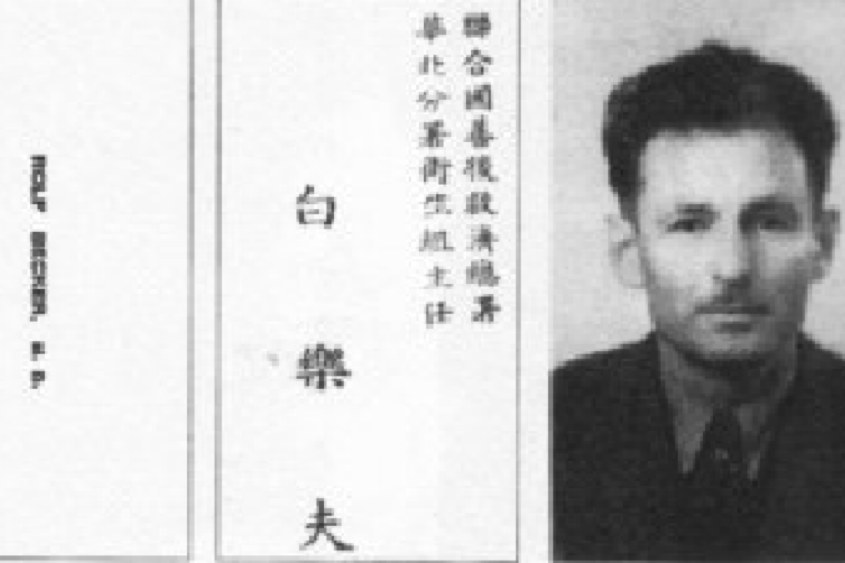
Photos and business card of German doctor Hans Müller.
Three months later, four more doctors—including Bulgarian doctor Dr. Ganyandov and Austrian doctor Dr. Fu Huade—also boarded a ship bound for China. Soon after, others followed, including Polish doctor Dr. Fuladu, Romanian doctor Dr. Yang Gu, and Austrian doctor Dr. Kende...
On the ship, the foreign doctors took a photograph together. In the black-and-white image, each face is lit up with a smile—they believed they were about to embark on a righteous path.
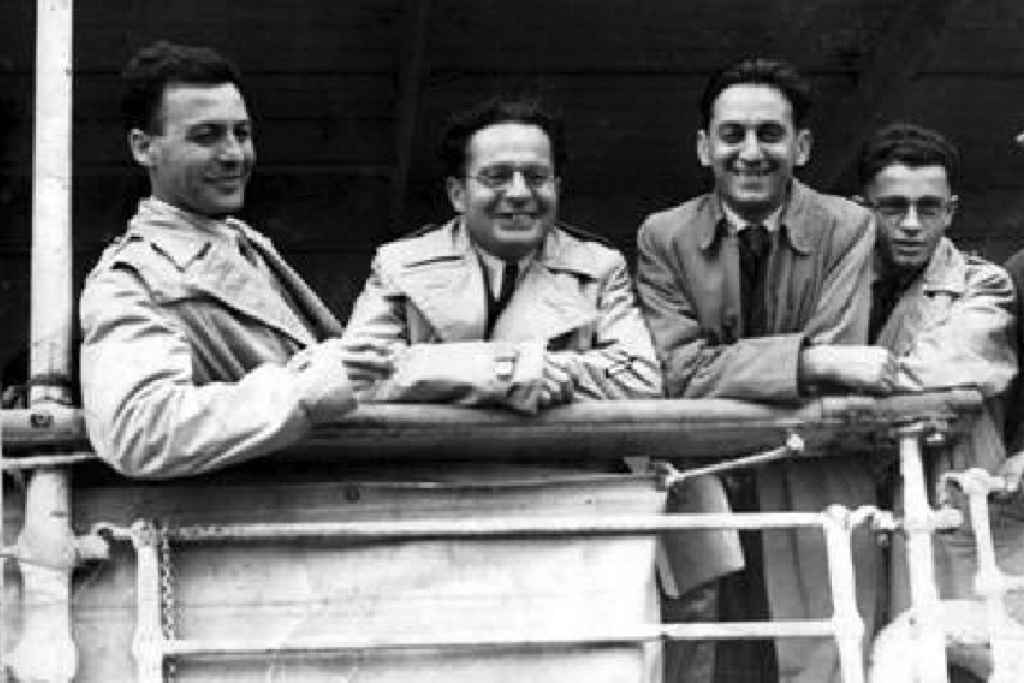
In 1939, as the doctors set sail from the United Kingdom to China, they took a group photo aboard the ship.
During their stopover in Hong Kong, local media referred to them as the "Spanish Doctors." According to statistics, this group consisted of 27 individuals—none of whom were Spanish. Their nationalities included German, Polish, Austrian, Romanian, Czechoslovak, Bulgarian, Hungarian, and Soviet. What they had in common was that they had all once fought in Spain—they were anti-fascist fighters. When they came to China, the youngest among them was 27 years old, and the oldest was 64.
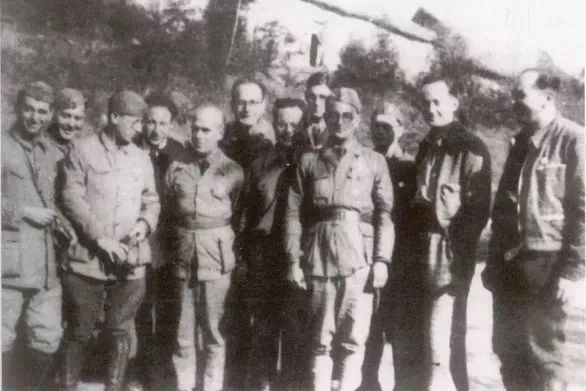
A group photo of some of the "Spanish doctors."
Rushing to the Frontlines to Save the Wounded and Dying
Before coming to China, Austrian doctor Fu Huade received a piece of advice: "Over there, you'll need the courage to work under any difficult conditions." Yet the harsh reality still shocked him. From Hong Kong to Chongqing and then to Guiyang, traces of Japanese bombings could be seen everywhere along the way.
Conditions in Tuyunguan were extremely harsh. The foreign doctors lived in thatched huts, slept on bamboo beds, and ate coarse rice alongside Chinese medical staff. They quickly adapted to life in China and proposed setting up mobile medical units at the front lines, determined to get as close to the battlefield as possible to fulfill their duties as wartime doctors.
While in Guiyang, each foreign doctor gave themselves a Chinese name. With their new names, assistants, and a large amount of medical equipment, they were divided into different groups and sent to the frontlines of the War of Resistance.
The working conditions at the frontlines were extremely harsh. Wards and operating rooms were very rudimentary, and there were constant shortages of medicine and medical equipment. A single surgery was often performed with nothing more than a small knife, a pair of forceps, and seven hemostats.
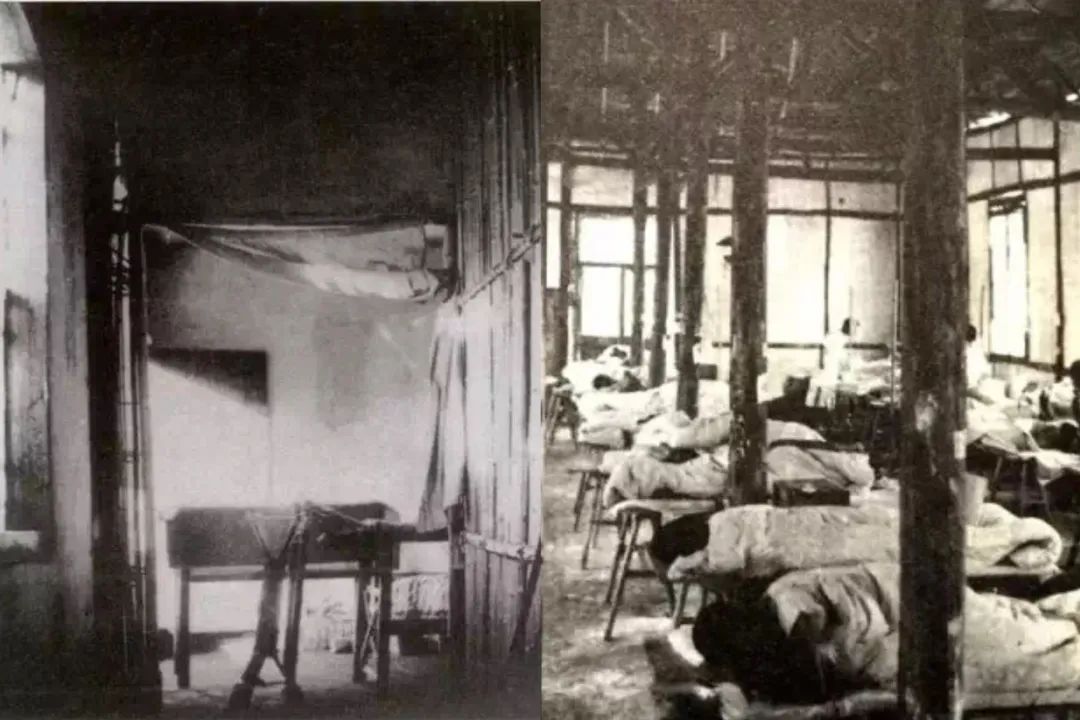
The left image shows an operating room made of bamboo, while the right image depicts a makeshift ward.
Romanian doctor Dr. Ke Randao formulated an affordable ointment using lime and sulphur, successfully curing a large number of scabies patients. German lab technician Wilhelm Meng, despite the lack of running water and proper containers, improvised his lab equipment and made significant progress in testing and diagnostics. Austrian doctor Dr. Fu Huade promoted vaccination in military camps and trained frontline personnel in bandaging techniques...
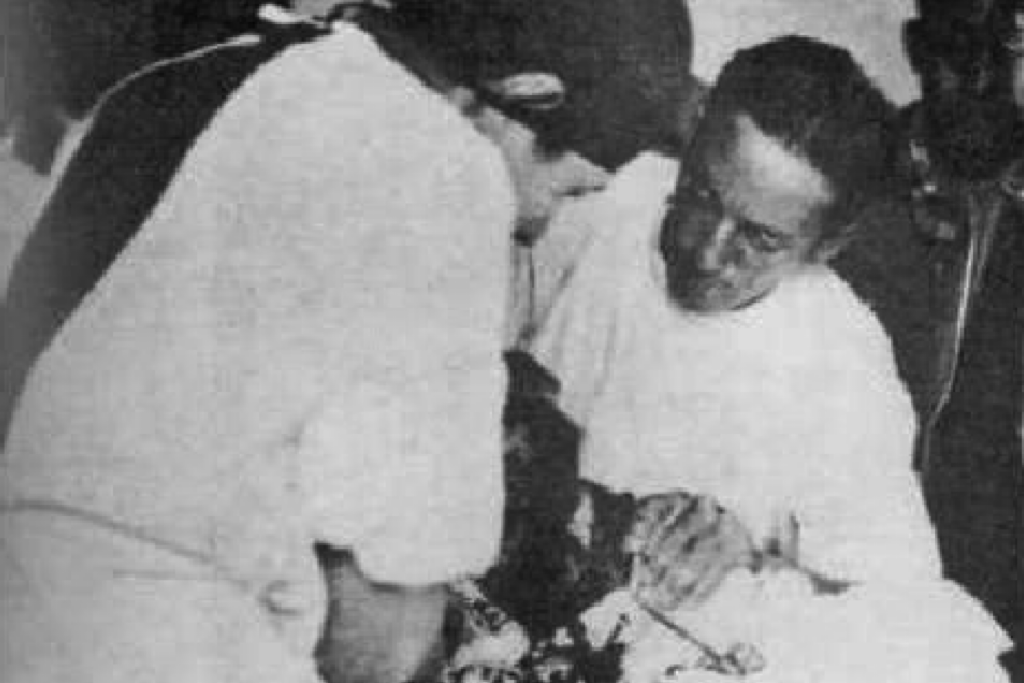
Romanian doctor Yang Gu (center) performing surgery on a wounded soldier in China.
Some foreign doctors gave their lives in China. British female doctor Dr Noreen Gifford died from complications caused by vaccination before she could depart for the frontlines. Romanian nurse Kozelán lost her life to typhoid fever on the frontlines in Jiànshuǐ, Yunnan. Austrian doctor Dr Wang Dao died of an illness brought on by overwork in Chongqing just before the victory of the War of Resistance Against Japanese Aggression...
Raising Medical Equipment and Supplies
Most of the "Spanish doctors" were members of the Communist Party and cared deeply about the situation in the liberated areas. Polish doctor Dr Fuladu, who spoke fluent Chinese, frequently communicated with the Eighth Route Army's liaison office in Guiyang, delivering the medical equipment and supplies he had gathered to support their efforts.
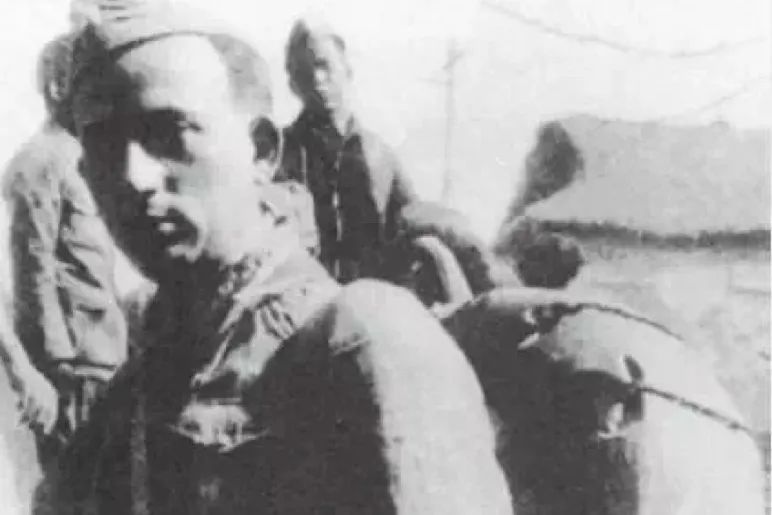
Polish Doctor Fuladu
After the victory of the War of Resistance, some foreign doctors gradually returned to their home countries. However, Hans Müller, Richard Frey, Ke Randao, and others, appointed by the United Nations Relief and Rehabilitation Administration (UNRRA), chose to remain in China to continue their work as doctors.
Following the victory of the War of Resistance, some foreign doctors gradually returned to their home countries. However, Hans Müller, Richard Frey, Ke Randao, and others, appointed by the United Nations Relief and Rehabilitation Administration (UNRRA), chose to remain in China to continue their work as doctors.
German doctor Wilhelm Manner was one of the longest-serving medical professionals among the "Spanish doctors" in China. After the founding of the People's Republic of China, he worked at the Shanghai Institute of Biochemistry under the Chinese Academy of Sciences, contributing to the building of the new China. He did not return to Germany until the 1960s.
"They Are True Doctors in the Spirit of Norman Bethune"
This group of "Spanish Doctors" has never been forgotten. Song Hongji, a veteran of the War of Resistance who once participated in the medical relief work at Tuyunguan, said: "These foreign doctors who came from thousands of miles away to save lives and support China's just cause were true Bethune-style doctors."
Internationalist and writer Israel Epstein was well acquainted with this group of international friends. He wrote: "Proletarian internationalism and the friendship of the people are not abstract concepts, but powerful and inspiring forces."
Today, on the International Medical Aid to China Memorial outside the city of Guiyang, the names of these foreign doctors are engraved—telling the story of a group of "Bethunes" on the battlefield of the War of Resistance Against Japan.
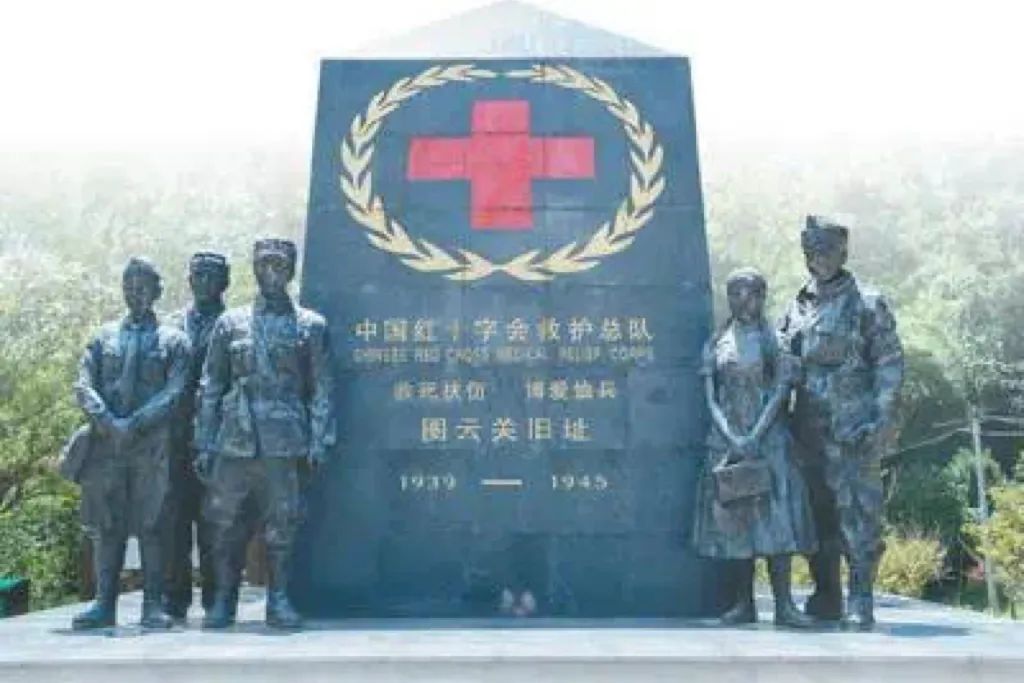
Monument at the Former Site of the Chinese Red Cross Medical Relief Corps in Tuyunguan

